Home>Home Appliances>Laundry Appliances>Why Is The Cold Water Running Slow In My Washing Machine
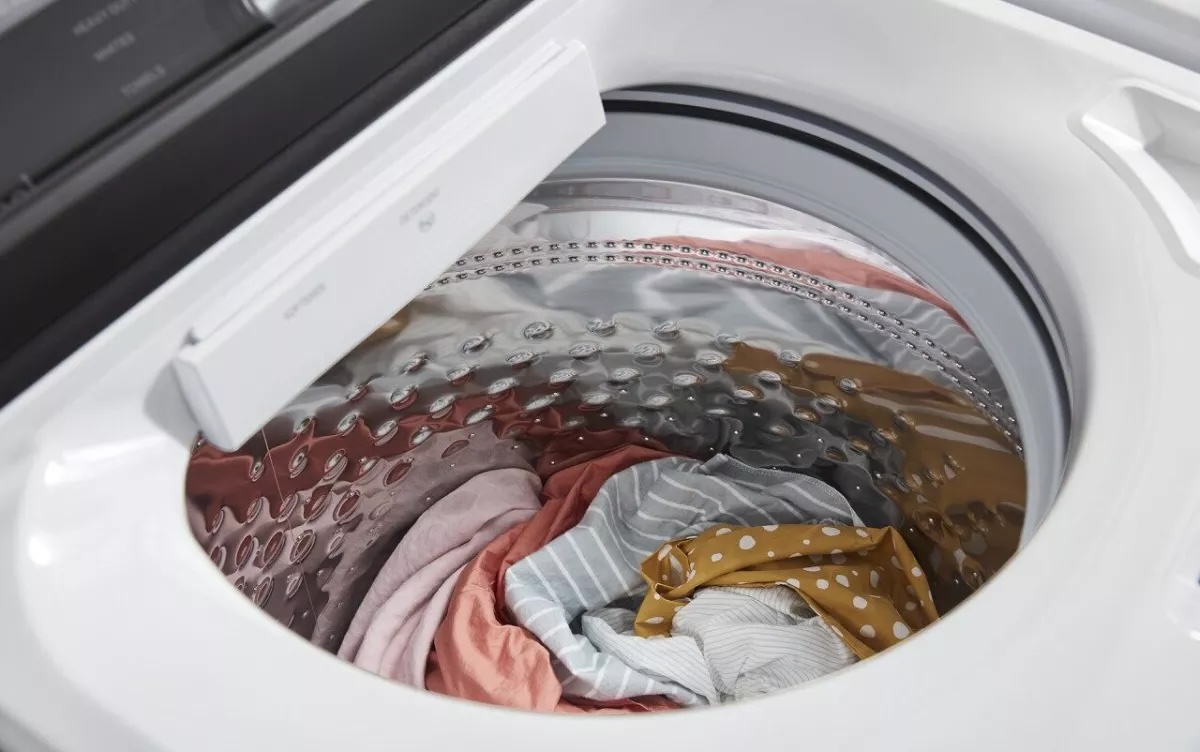

Laundry Appliances
Why Is The Cold Water Running Slow In My Washing Machine
Modified: March 25, 2024
Discover the reasons behind slow cold water flow in your washing machine and learn how to troubleshoot the issue. Find solutions for laundry appliances.
(Many of the links in this article redirect to a specific reviewed product. Your purchase of these products through affiliate links helps to generate commission for Storables.com, at no extra cost. Learn more)
Common Reasons for Slow Cold Water in Washing Machine
When your washing machine's cold water flow is sluggish, it can be frustrating and inconvenient. Several factors can contribute to this issue, ranging from simple to more complex issues. Understanding the common reasons for slow cold water in a washing machine can help you troubleshoot and resolve the problem effectively.
-
Clogged Water Inlet Screen: Over time, mineral deposits and debris can accumulate in the cold water inlet screen, obstructing the flow of water into the machine. This can result in reduced water pressure and slow filling. Regular cleaning or replacement of the inlet screen can often resolve this issue.
-
Malfunctioning Water Inlet Valve: The cold water inlet valve controls the flow of water into the washing machine. If it becomes faulty or clogged, it can impede the water flow, leading to slow cold water filling. Inspecting and, if necessary, replacing the water inlet valve can rectify this issue.
-
Water Supply Line Issues: A kinked, twisted, or partially closed water supply line can restrict the cold water flow to the washing machine. Ensure that the water supply line is free from obstructions and positioned correctly to allow for optimal water flow.
-
Temperature Control Switch Problems: The temperature control switch regulates the water temperature for different wash cycles. If it malfunctions, it may not allow sufficient cold water to enter the machine, resulting in slow filling. Checking and repairing or replacing the temperature control switch can address this issue.
-
Low Water Pressure: In some cases, low water pressure in the household plumbing system can affect the cold water flow to the washing machine. This can be caused by various factors, such as a partially closed water shut-off valve, sediment buildup in the pipes, or issues with the municipal water supply. Addressing the underlying causes of low water pressure can help restore the proper flow of cold water to the washing machine.
By identifying and addressing these common reasons for slow cold water in a washing machine, you can take proactive steps to troubleshoot and resolve the issue. Regular maintenance, inspection, and timely repairs can help ensure that your washing machine operates efficiently, providing optimal performance with consistent cold water flow.
Key Takeaways:
- Don’t let slow cold water in your washing machine slow you down! Regular maintenance and cleaning of inlet screens and valves can keep the water flowing smoothly for efficient laundry days.
- Keep an eye on water pressure and temperature control. Addressing issues with the supply line and filter can ensure consistent cold water flow, making laundry a breeze.
Potential Issues with Cold Water Inlet Valve
The cold water inlet valve plays a crucial role in regulating the flow of cold water into the washing machine. However, several potential issues can arise with this component, leading to slow cold water filling and impacting the overall performance of the appliance.
One common problem associated with the cold water inlet valve is the accumulation of mineral deposits and debris. Over time, these particles can build up within the valve, obstructing the water flow and causing a reduction in water pressure. As a result, the washing machine may experience slow cold water filling during the wash cycle. Regular maintenance, including cleaning or replacing the inlet valve, can help mitigate this issue and restore optimal water flow.
Additionally, the cold water inlet valve may become faulty or clogged, impeding the smooth flow of water into the washing machine. This can manifest as a gradual decrease in cold water pressure, leading to prolonged wash cycles and inefficient performance. In such cases, inspecting the valve for any signs of damage or blockages is essential. If necessary, replacing the cold water inlet valve with a new, functioning component can effectively resolve the issue and ensure consistent cold water flow.
Furthermore, issues with the valve's internal mechanisms, such as wear and tear or mechanical failure, can contribute to slow cold water filling in the washing machine. The deterioration of valve components over time can result in restricted water flow, affecting the appliance's ability to operate at peak efficiency. Thorough inspection and, if required, the replacement of the cold water inlet valve can address these internal issues, allowing for improved water flow and enhanced washing machine performance.
It is important to note that addressing potential issues with the cold water inlet valve requires careful attention to detail and a systematic approach to troubleshooting. Regular inspection and maintenance of the valve, along with prompt repairs or replacements when necessary, are essential in ensuring that the washing machine receives an adequate supply of cold water during each wash cycle.
By understanding and addressing the potential issues associated with the cold water inlet valve, homeowners can take proactive measures to maintain the efficiency and functionality of their washing machines. This proactive approach can help prevent slow cold water filling and contribute to the overall longevity of the appliance.
Problems with Water Supply Line
The water supply line serves as the vital conduit through which cold water is delivered to the washing machine. However, several potential problems with the water supply line can lead to slow cold water filling and disrupt the seamless operation of the appliance.
One common issue that can affect the water supply line is the presence of kinks or twists. When the supply line becomes twisted or kinked, it can restrict the flow of cold water to the washing machine, resulting in reduced water pressure and slow filling during the wash cycle. Inspecting the supply line for any irregularities and ensuring that it is free from kinks or twists is essential in maintaining an uninterrupted flow of cold water to the appliance.
Furthermore, a partially closed or obstructed water shut-off valve can impede the flow of cold water through the supply line. If the shut-off valve is not fully open or if it is obstructed by debris or sediment, it can significantly diminish the water pressure, leading to slow cold water filling in the washing machine. Regular inspection and cleaning of the shut-off valve can help prevent such issues and ensure that the cold water supply line remains unobstructed.
In some cases, the water supply line may suffer from wear and tear, resulting in leaks or damage that compromise the efficient delivery of cold water to the washing machine. Leaks in the supply line can lead to a reduction in water pressure and slow filling, impacting the overall performance of the appliance. Conducting thorough visual inspections of the supply line and promptly addressing any signs of damage or leaks can help maintain the integrity of the water delivery system.
Moreover, sediment buildup within the water supply line can also contribute to slow cold water filling in the washing machine. Over time, mineral deposits and debris can accumulate within the supply line, obstructing the flow of cold water and diminishing the water pressure. Flushing the supply line periodically to remove any sediment buildup can help prevent this issue and ensure consistent cold water flow to the appliance.
By addressing potential problems with the water supply line, such as kinks, shut-off valve obstructions, leaks, and sediment buildup, homeowners can take proactive measures to maintain the optimal performance of their washing machines. Regular inspection, maintenance, and timely repairs of the water supply line are essential in ensuring that the appliance receives a steady and uninterrupted flow of cold water, facilitating efficient and effective laundry cycles.
Faulty Temperature Control Switch
The temperature control switch in a washing machine serves a critical function in regulating the water temperature for different wash cycles. When this component becomes faulty, it can significantly impact the flow of cold water into the machine, leading to slow filling and affecting the overall performance of the appliance.
One of the primary indicators of a faulty temperature control switch is the inability to maintain the desired water temperature during the wash cycle. If the switch fails to accurately regulate the cold water input, it can result in inadequate water flow and prolonged filling times. This can be particularly noticeable when selecting wash cycles that require a significant amount of cold water, such as delicate or cold wash settings.
Furthermore, a malfunctioning temperature control switch may cause the washing machine to dispense insufficient cold water, leading to imbalanced water temperatures during the wash cycle. Inconsistent water temperatures can impact the effectiveness of the cleaning process and may result in subpar laundry outcomes. Additionally, prolonged exposure to warm or hot water due to inadequate cold water input can potentially damage delicate fabrics and affect the overall quality of the wash.
Addressing a faulty temperature control switch involves a systematic approach to troubleshooting and, if necessary, replacing the defective component. Thorough inspection of the switch for signs of wear, damage, or electrical malfunctions is essential in identifying the underlying issue. Additionally, testing the switch for proper functionality and responsiveness to temperature adjustments can help pinpoint any irregularities that may be contributing to slow cold water filling in the washing machine.
In some cases, recalibrating or repairing the temperature control switch may be a viable solution to restore its optimal performance. However, if the switch exhibits irreparable faults or significant deterioration, replacing it with a new, reliable component is often the most effective course of action. By ensuring that the temperature control switch operates seamlessly, homeowners can facilitate the consistent and accurate regulation of cold water input, promoting efficient and reliable washing machine performance.
By addressing the potential issues associated with a faulty temperature control switch, homeowners can take proactive measures to maintain the efficiency and functionality of their washing machines. This proactive approach can help prevent slow cold water filling and contribute to the overall longevity of the appliance. Regular inspection, maintenance, and timely repairs of the temperature control switch are essential in ensuring that the washing machine receives an adequate supply of cold water during each wash cycle.
Check the water supply valves to make sure they are fully open. Also, clean the inlet screens on the water hoses to remove any debris that may be blocking the flow of water.
Clogged Cold Water Filter
A clogged cold water filter can significantly impede the flow of water into the washing machine, leading to slow cold water filling and affecting the overall performance of the appliance. The cold water filter serves as a crucial barrier against sediment, debris, and mineral deposits that may be present in the water supply. However, over time, these particles can accumulate within the filter, obstructing the flow of cold water and diminishing the water pressure.
One of the primary indicators of a clogged cold water filter is a noticeable decrease in water pressure during the wash cycle. As the filter becomes increasingly obstructed, the flow of cold water into the washing machine may slow down, resulting in prolonged filling times and inefficient operation. This can impact the appliance's ability to effectively carry out laundry cycles, potentially leading to subpar cleaning outcomes.
Furthermore, a clogged cold water filter can contribute to imbalanced water temperatures during the wash cycle. When the filter impedes the flow of cold water, the washing machine may compensate by drawing more hot water to achieve the desired temperature, leading to an imbalance in the water input. This can affect the effectiveness of the cleaning process and may result in compromised laundry results.
Addressing a clogged cold water filter involves proactive maintenance and timely intervention. Regular inspection and cleaning of the filter can help prevent the accumulation of sediment and debris, ensuring that the cold water flows unobstructed into the washing machine. Depending on the severity of the clog, the filter may require thorough cleaning or replacement to restore optimal water flow and pressure.
Additionally, incorporating a routine maintenance schedule that includes periodic checks and cleaning of the cold water filter can help mitigate the risk of clogging and maintain the efficiency of the washing machine. By ensuring that the filter remains free from obstructions, homeowners can promote consistent and reliable cold water flow, facilitating effective laundry cycles and preserving the appliance's performance.
By addressing the potential issues associated with a clogged cold water filter, homeowners can take proactive measures to maintain the efficiency and functionality of their washing machines. This proactive approach can help prevent slow cold water filling and contribute to the overall longevity of the appliance. Regular inspection, maintenance, and timely cleaning or replacement of the cold water filter are essential in ensuring that the washing machine receives an adequate supply of cold water during each wash cycle.
Issues with Water Pressure
In some instances, the slow cold water flow in a washing machine can be attributed to underlying issues with water pressure within the household plumbing system. Water pressure plays a critical role in facilitating the efficient delivery of cold water to the washing machine, and when compromised, it can lead to prolonged filling times and suboptimal performance of the appliance.
One common factor contributing to low water pressure is the presence of a partially closed or obstructed water shut-off valve. If the shut-off valve supplying cold water to the washing machine is not fully open or is obstructed by debris or sediment, it can significantly diminish the water pressure, resulting in slow cold water filling during the wash cycle. Regular inspection and cleaning of the shut-off valve can help prevent such issues and ensure that the cold water supply line remains unobstructed, facilitating improved water pressure.
Moreover, sediment buildup within the household plumbing system can also contribute to low water pressure, affecting the flow of cold water to the washing machine. Over time, mineral deposits and debris can accumulate in the pipes, restricting the flow of water and diminishing the overall water pressure. Flushing the plumbing system periodically to remove any sediment buildup can help prevent this issue and ensure consistent cold water flow to the appliance.
Additionally, issues with the municipal water supply, such as maintenance work or infrastructure problems, can impact the water pressure experienced within the household. Temporary fluctuations or reductions in water pressure from the municipal supply can affect the cold water flow to the washing machine, leading to slow filling and disrupted laundry cycles. Staying informed about any potential disruptions in the municipal water supply can help homeowners anticipate and address issues related to water pressure in a timely manner.
Addressing issues with water pressure involves a comprehensive approach to troubleshooting and maintenance. Regular inspection of the household plumbing system, including the shut-off valve and supply lines, can help identify and address potential obstructions or sediment buildup. Additionally, staying informed about the status of the municipal water supply can provide valuable insights into any external factors that may impact water pressure within the household.
By addressing the underlying issues with water pressure, homeowners can take proactive measures to ensure that the washing machine receives a steady and uninterrupted flow of cold water, promoting efficient and effective laundry cycles. Regular maintenance, inspection, and timely intervention to address water pressure issues are essential in maintaining the optimal performance of the appliance and preventing slow cold water filling.
Conclusion
In conclusion, addressing slow cold water filling in a washing machine requires a comprehensive understanding of the potential factors contributing to this issue. From clogged water inlet screens and malfunctioning inlet valves to supply line problems and temperature control switch issues, each component plays a crucial role in ensuring the efficient flow of cold water into the appliance. By identifying and addressing these common reasons for slow cold water filling, homeowners can take proactive steps to troubleshoot and resolve the issue effectively.
Regular maintenance, inspection, and timely repairs are essential in ensuring that the washing machine operates efficiently, providing optimal performance with consistent cold water flow. Proactive measures, such as cleaning or replacing clogged water inlet screens, inspecting and repairing faulty inlet valves, and addressing supply line issues, can help maintain the integrity of the water delivery system. Additionally, recalibrating or replacing a faulty temperature control switch and addressing water pressure issues within the household plumbing system are crucial steps in promoting reliable cold water flow to the appliance.
By incorporating a routine maintenance schedule that includes periodic checks and cleaning of the cold water filter, homeowners can mitigate the risk of clogging and maintain the efficiency of the washing machine. Furthermore, staying informed about potential disruptions in the municipal water supply and addressing any issues related to water pressure can contribute to the uninterrupted flow of cold water to the appliance.
Overall, a proactive approach to addressing slow cold water filling in a washing machine can significantly contribute to the longevity and optimal performance of the appliance. By understanding the potential issues associated with the various components involved in the cold water delivery system and taking timely measures to address them, homeowners can ensure that their washing machines receive an adequate supply of cold water during each wash cycle, facilitating efficient and effective laundry operations.
In essence, by staying vigilant, proactive, and informed about the maintenance and functionality of the cold water delivery system, homeowners can effectively troubleshoot and resolve slow cold water filling in their washing machines, ultimately enhancing the overall performance and longevity of the appliance.
Frequently Asked Questions about Why Is The Cold Water Running Slow In My Washing Machine
Was this page helpful?
At Storables.com, we guarantee accurate and reliable information. Our content, validated by Expert Board Contributors, is crafted following stringent Editorial Policies. We're committed to providing you with well-researched, expert-backed insights for all your informational needs.
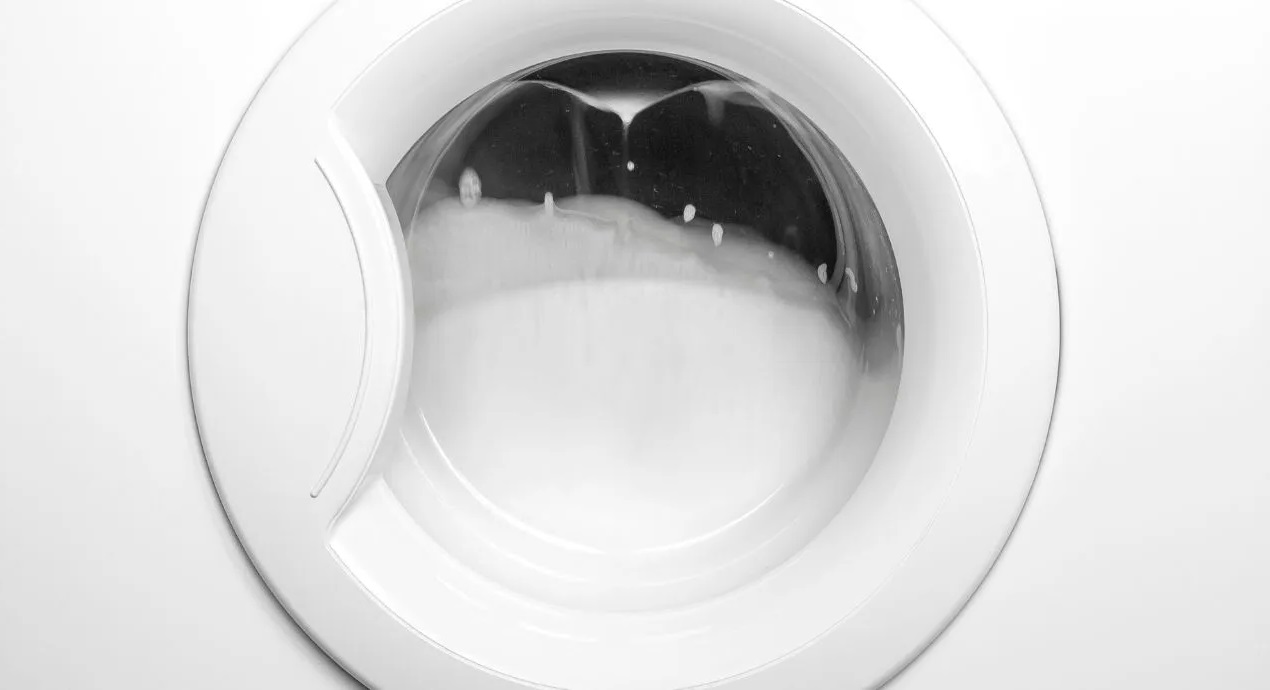
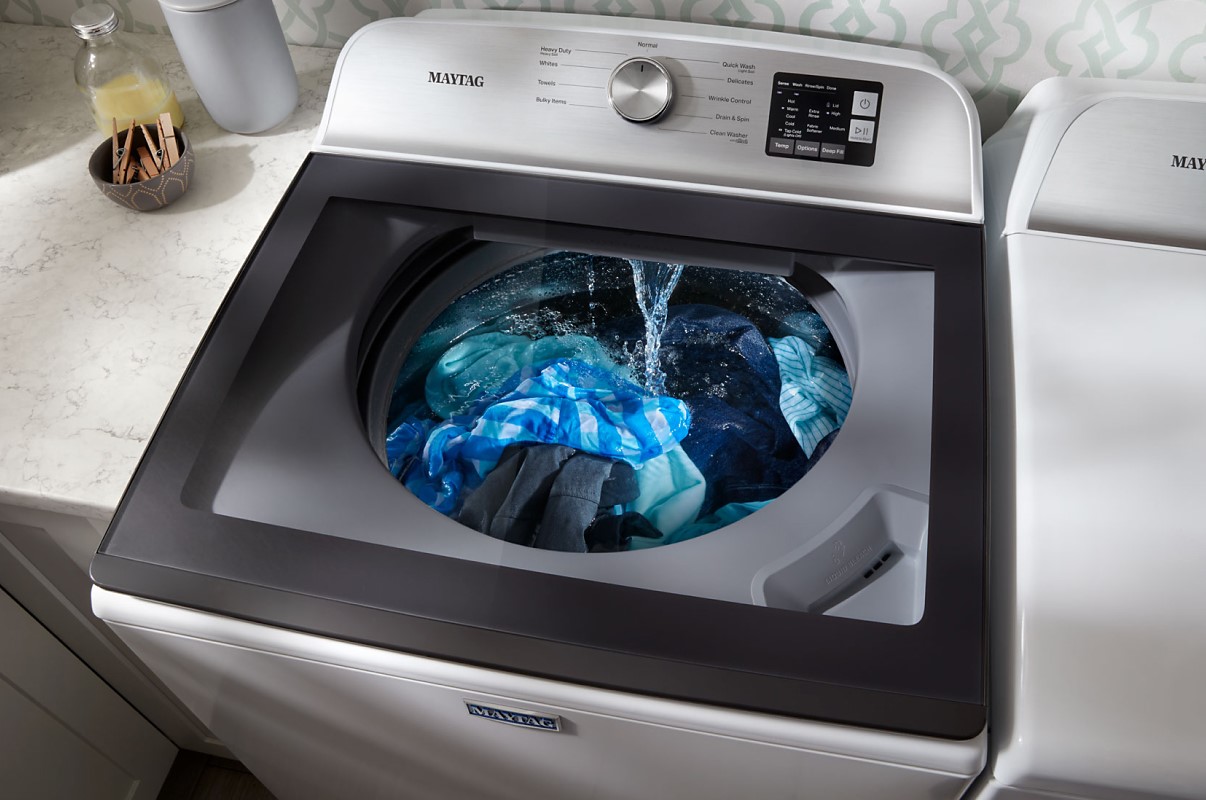
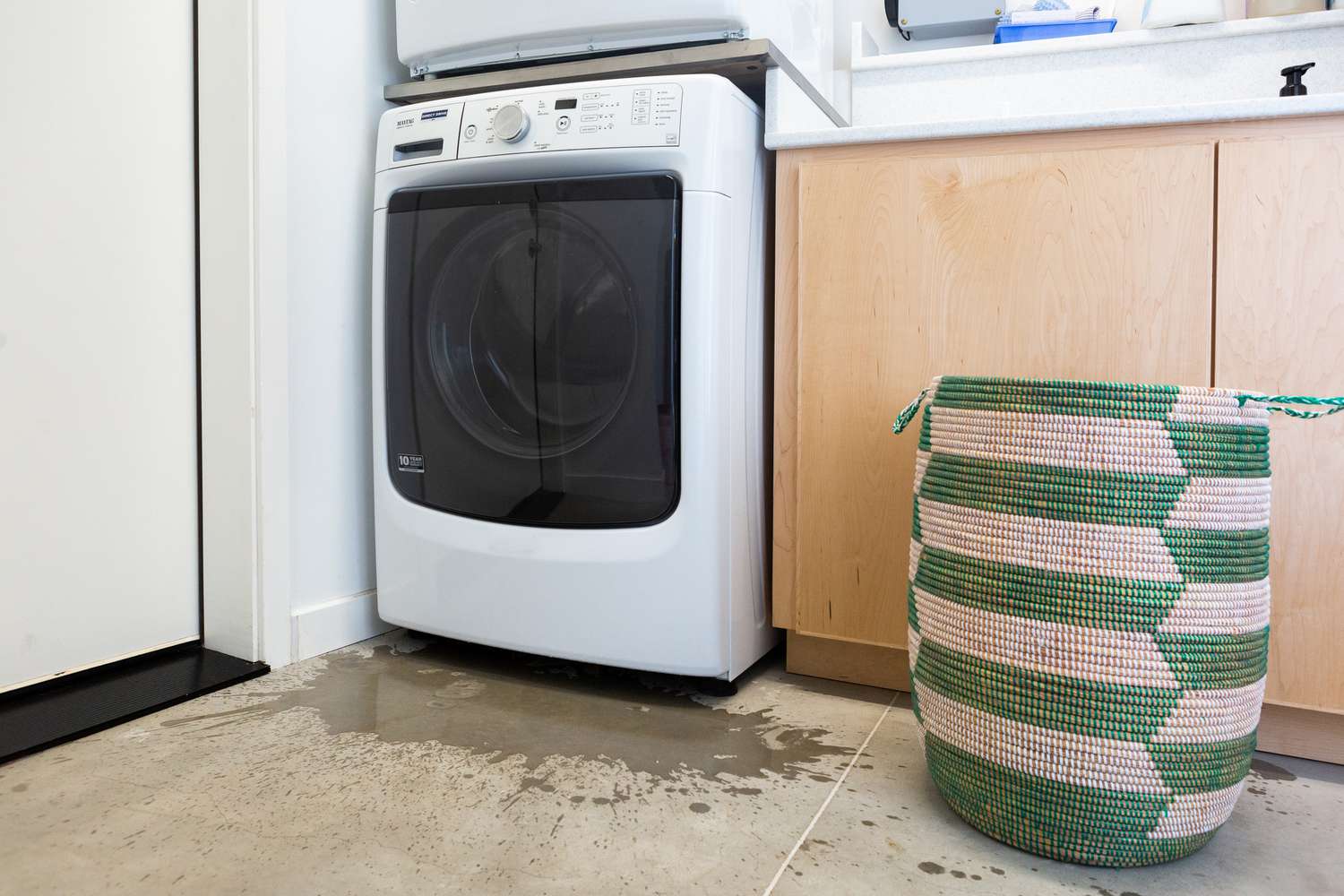
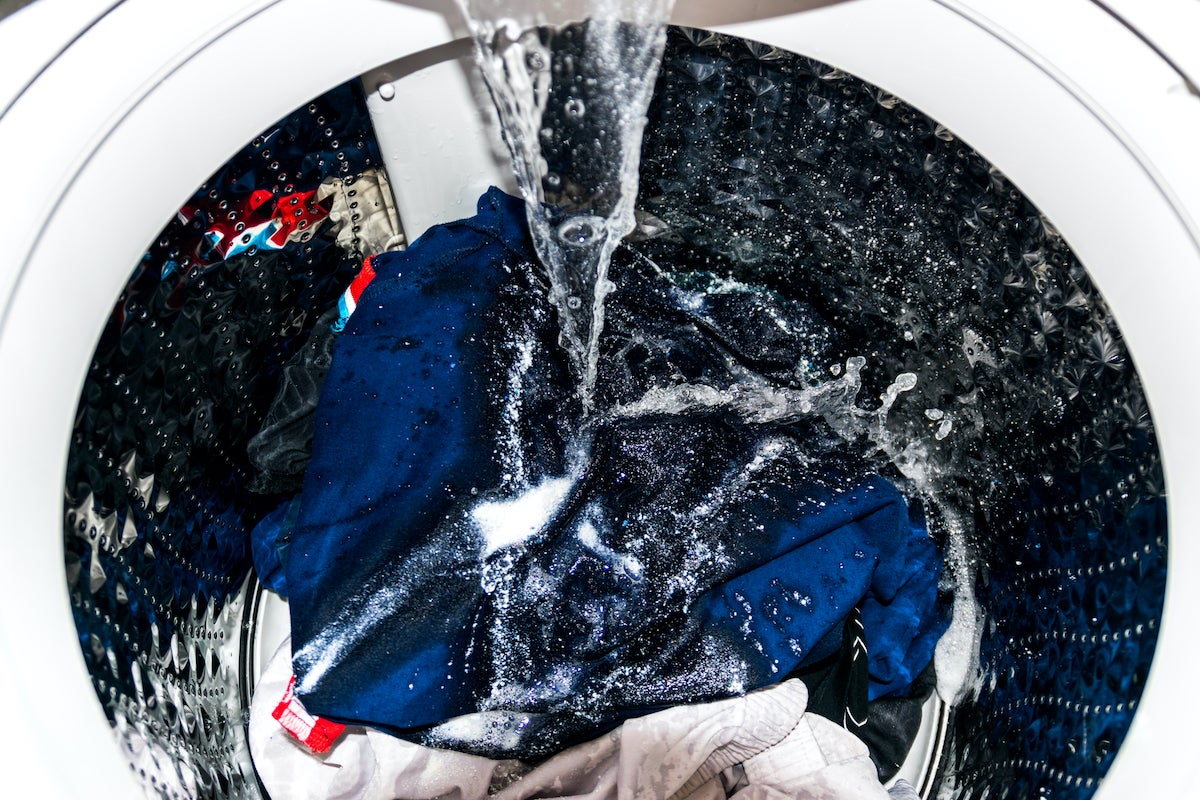
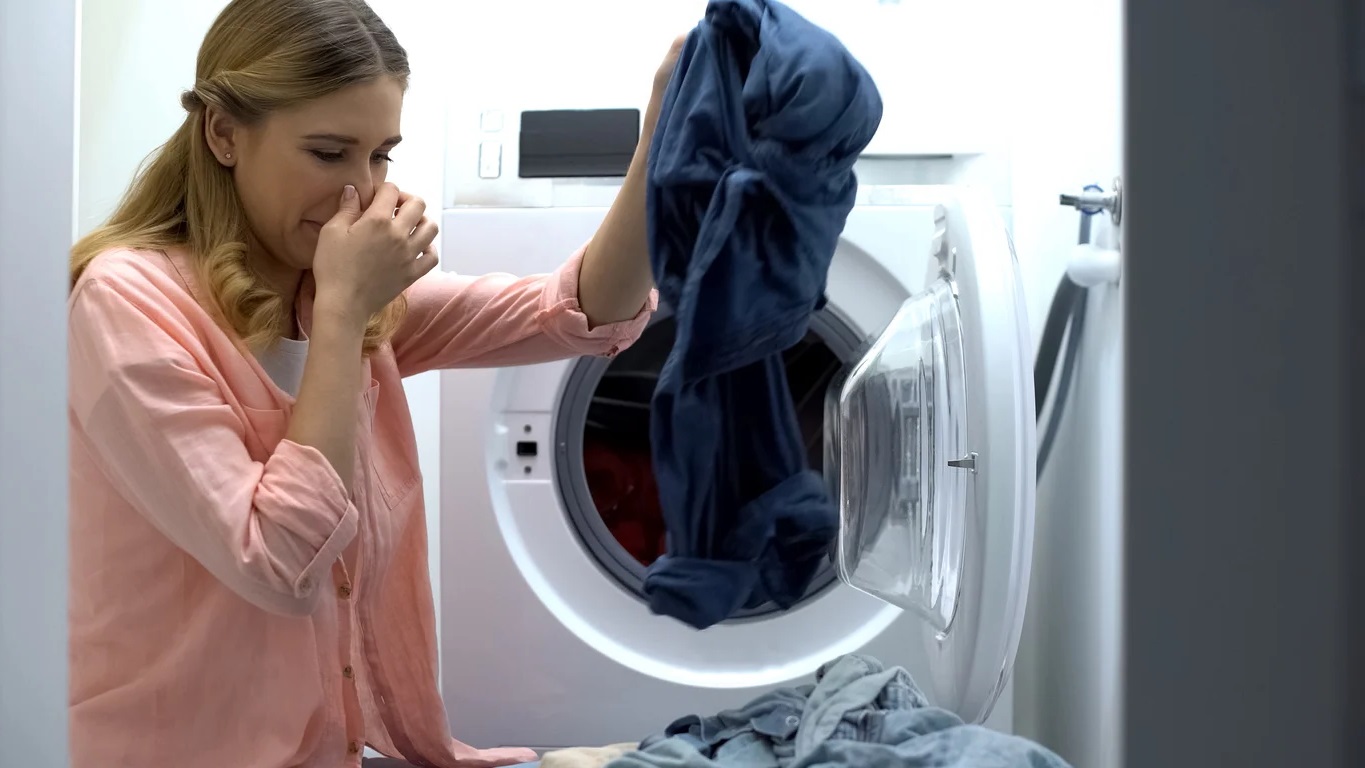
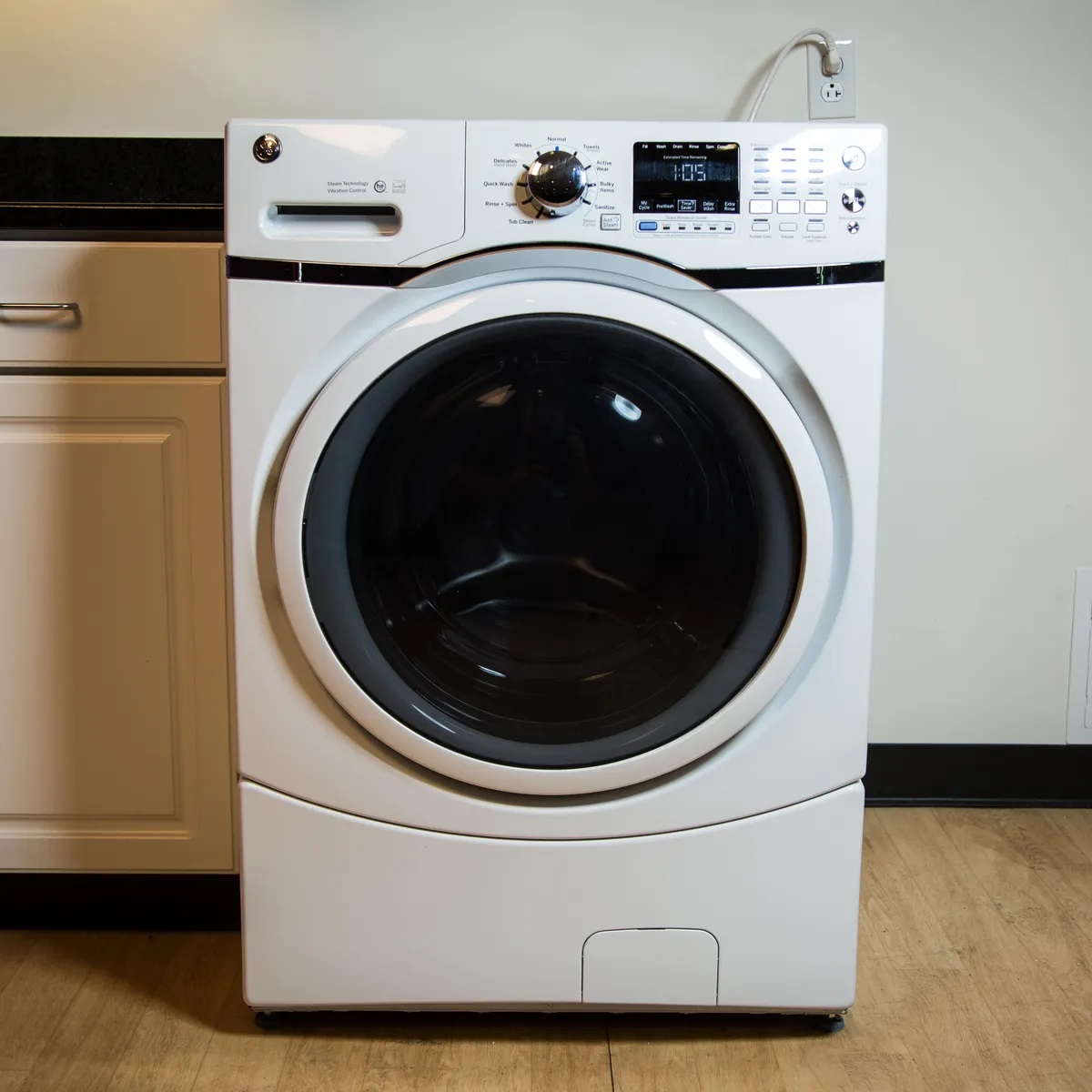
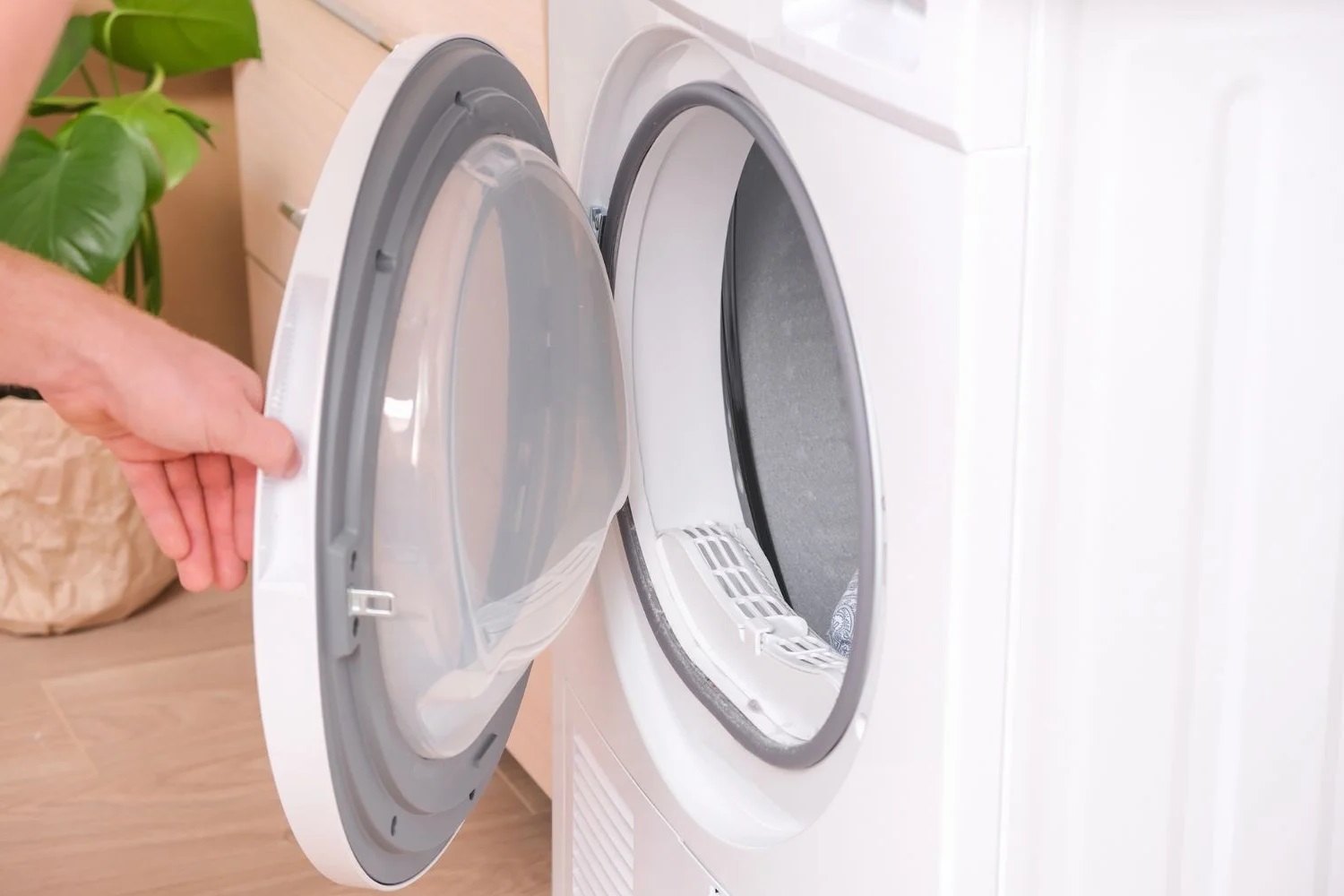
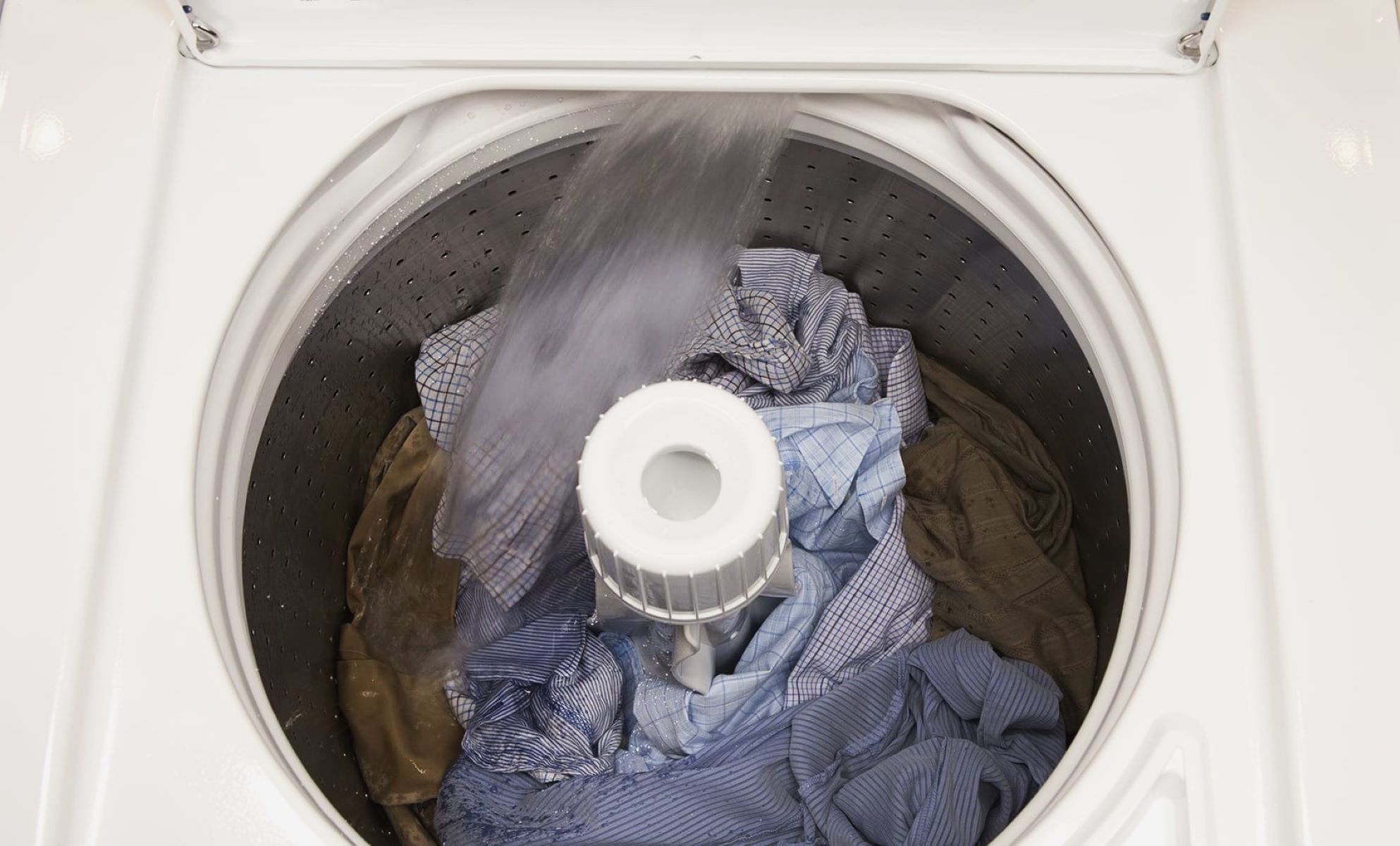
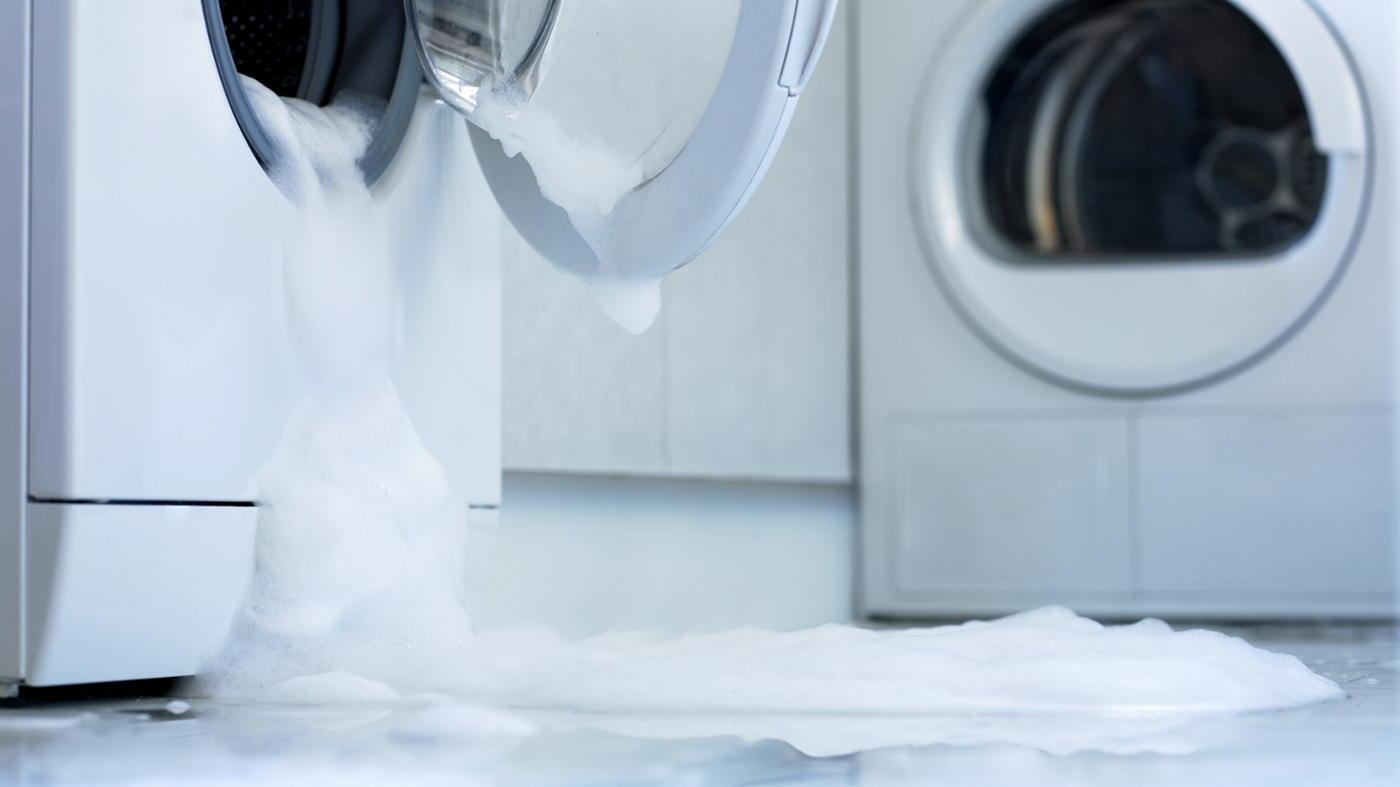



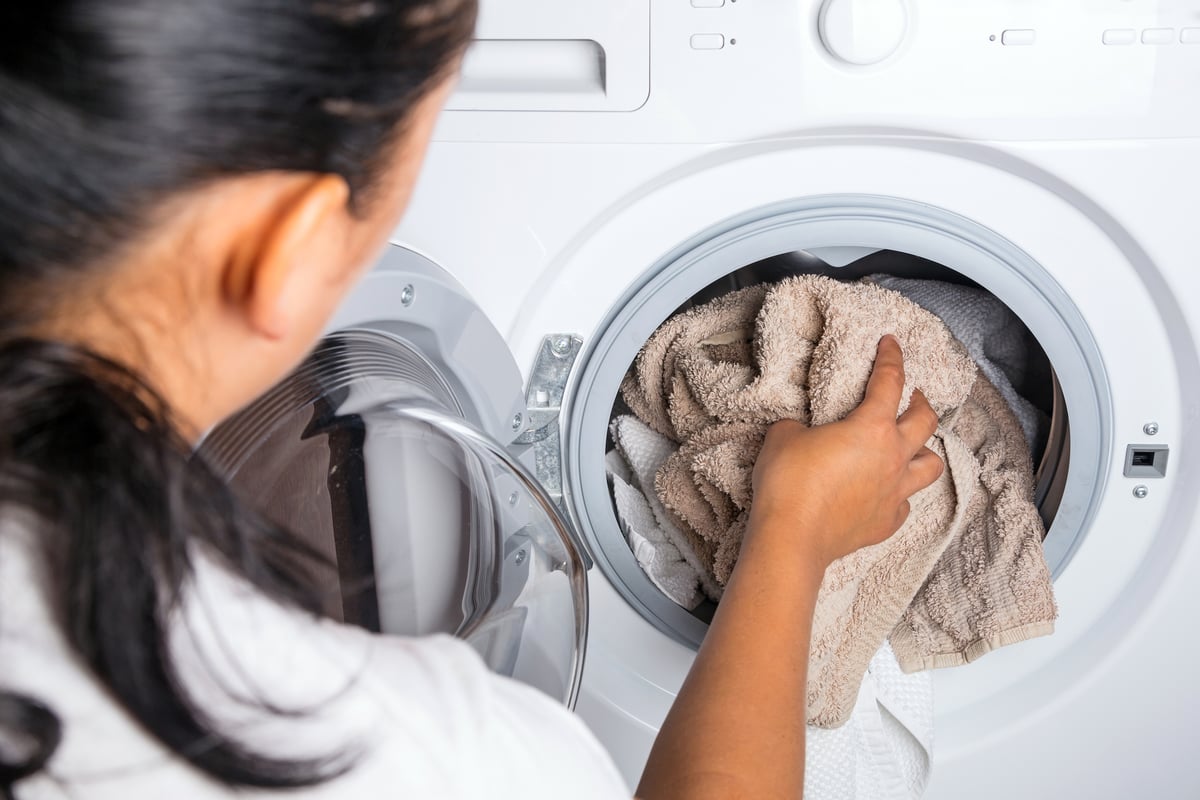
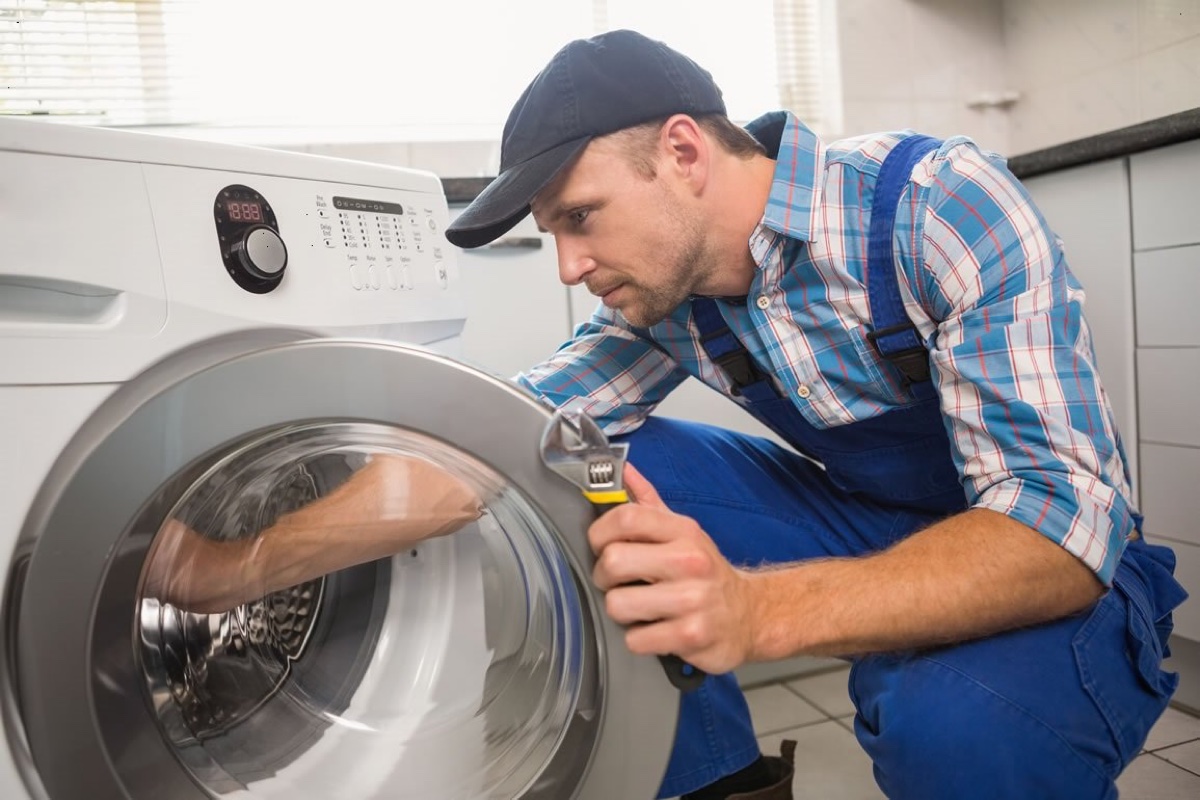

0 thoughts on “Why Is The Cold Water Running Slow In My Washing Machine”